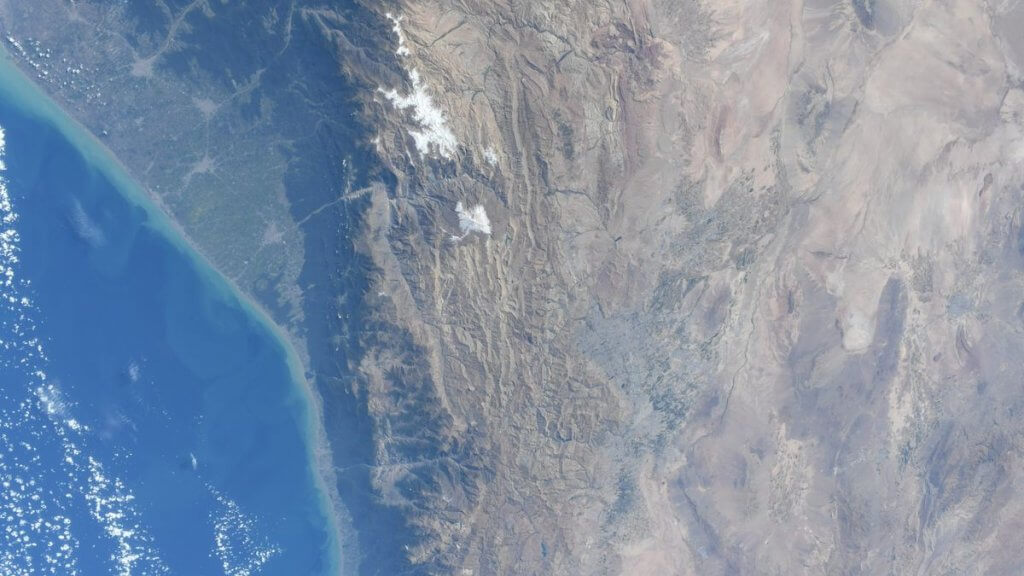An astronaut with heritage from Iran spotted her parents’ homeland from space.
NASA astronaut Jasmin Moghbeli photographed Iran from the International Space Station (ISS) and shared the experience on X, formerly Twitter. While she has been in space for three months with SpaceX Crew-7, weather and her busy ISS schedule made it difficult to see Tehran before now.
“Finally, everything aligned and I was able to capture some decent photos. Our orbit had us passing almost directly overhead,” Moghbeli posted on Friday (Nov. 17). “This may be the closest I will ever get to where my parents were born and raised,” she added.
Related: NASA astronauts complete 4th-ever all-female spacewalk outside International Space Station
Moghbeli was born in Bad Nauheim, Germany in 1983 but considers Baldwin, New York her hometown, her NASA biography states. Her parents arrived in Germany in 1979 after fleeing Iran, the New Yorker stated in 2017. Moghbeli’s family then immigrated to the United States.
Moghbeli’s parents left Iran during the Iranian Revolution. That was the series of events in 1978-79 that deposed the former Iranian monarchy with a declared “Islamic republic” that enforced conservative social values while suppressing intellectuals, nationalists and left-wing individuals, according to Britannica. Women’s rights plummeted as state-sanctioned violence arose, and the same government and social structure persists today.
Moghbeli added she spoke recently to her parents, who now reside in Texas, about the photos of Iran. “It was at least fun to message with them, and plot out the different places they had lived growing up — and in their early days together — on a photograph that I had taken.”
It has been a busy month for Moghbeli. She participated in the fourth-ever all-woman spacewalk Nov. 1 — alongside fellow NASA astronaut Loral O’Hara — to replace solar array equipment. Experiments have filled her time in the weeks since.
The women teamed up again in the ISS on Thursday (Nov. 16), NASA officials wrote on the agency’s space station blog, to remove hardware from an airlock in the U.S. Tranquility module. That new work will make room for a Nanoracks external platform that will expose a series of experiments to space.

